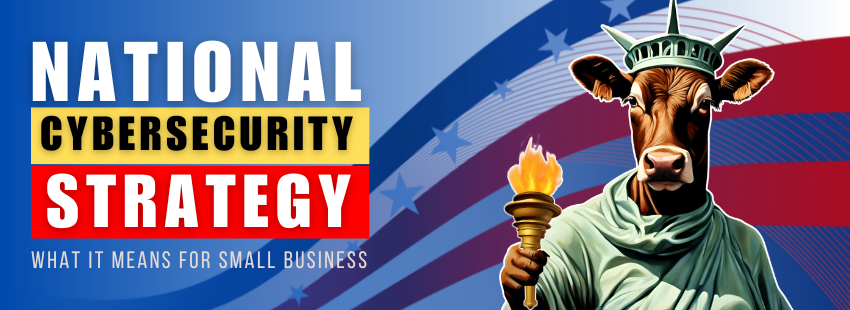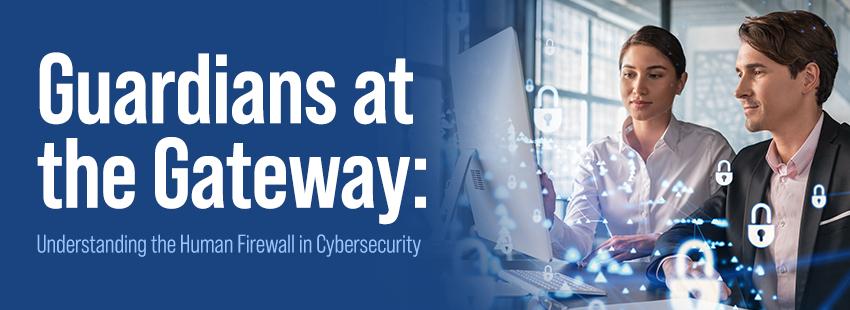Security-first culture is rising, especially among business owners or managers aware of cybersecurity hazards and best practices. It is what it sounds like — a culture that prioritizes security information as businesses become increasingly remote and digitally store or transmit their critical information more often.
The name may sound off-putting at first, like something that may alienate employees, but its goal is to protect both employees and the business. Another way to think of the idea of security-first culture is as a translation of safety-first workplace culture into the new environment of primarily online work. Like safety-first culture, security-first culture may introduce some inconveniences in workplace processes that seem unnecessary on the surface. Still, it keeps everyone involved from experiencing the major consequences of minor carelessness.
What are some of the characteristics of security culture?
The most critical aspects of security-first culture are mandatory best practices and a general understanding of cybersecurity throughout the business.
Which best practices should ideally be mandatory? To some degree, that depends on the type of business and its security needs, but for the most part, these best practices should include a few standard basics. Security Magazine defines the three most important security policies as single-sign-on (SSO), phishing countermeasures, and password management.
An SSO is helpful, especially with multi-factor authentication, because employees can more easily keep track of their account information, thus preventing confusion that could lead to a security breach. Phishing countermeasures and password management are more straightforward.
Phishing scams are best avoided through good spam filters and employee training. A good and up-to-date spam filter can catch most phishing through pattern recognition, while employee training will help avoid anyone falling for phishing emails that make it through the filter.
For the most part, good password management boils down to password expiration policies and strong password requirements. Most people have both strong passwords and password expiration dates for their work-related accounts, but the few that do not can inadvertently endanger the security of everyone at their workplace. As such, it is best to ensure these practices are company-wide.
How can a business implement a security culture?
Don’t just train your employees on what to do; foster an understanding of why and how cybersecurity practices work. Not only will employee relations be better, but employees are more likely to understand how to implement security measures and fill in any gaps in the business’s security procedures.
For example, there is no way to concisely explain every phishing email someone might receive. That said, if an employee understands how phishers work and what they want from the business, that employee is far more likely to spot even an unconventional phishing scam.
Employee awareness is essential, but the rest of the security culture comes from the organization provided by management. Creating this organization helps to use secure software, preferably with a single sign-on, multi-factor verification, password expiration dates, and a good spam filter.





